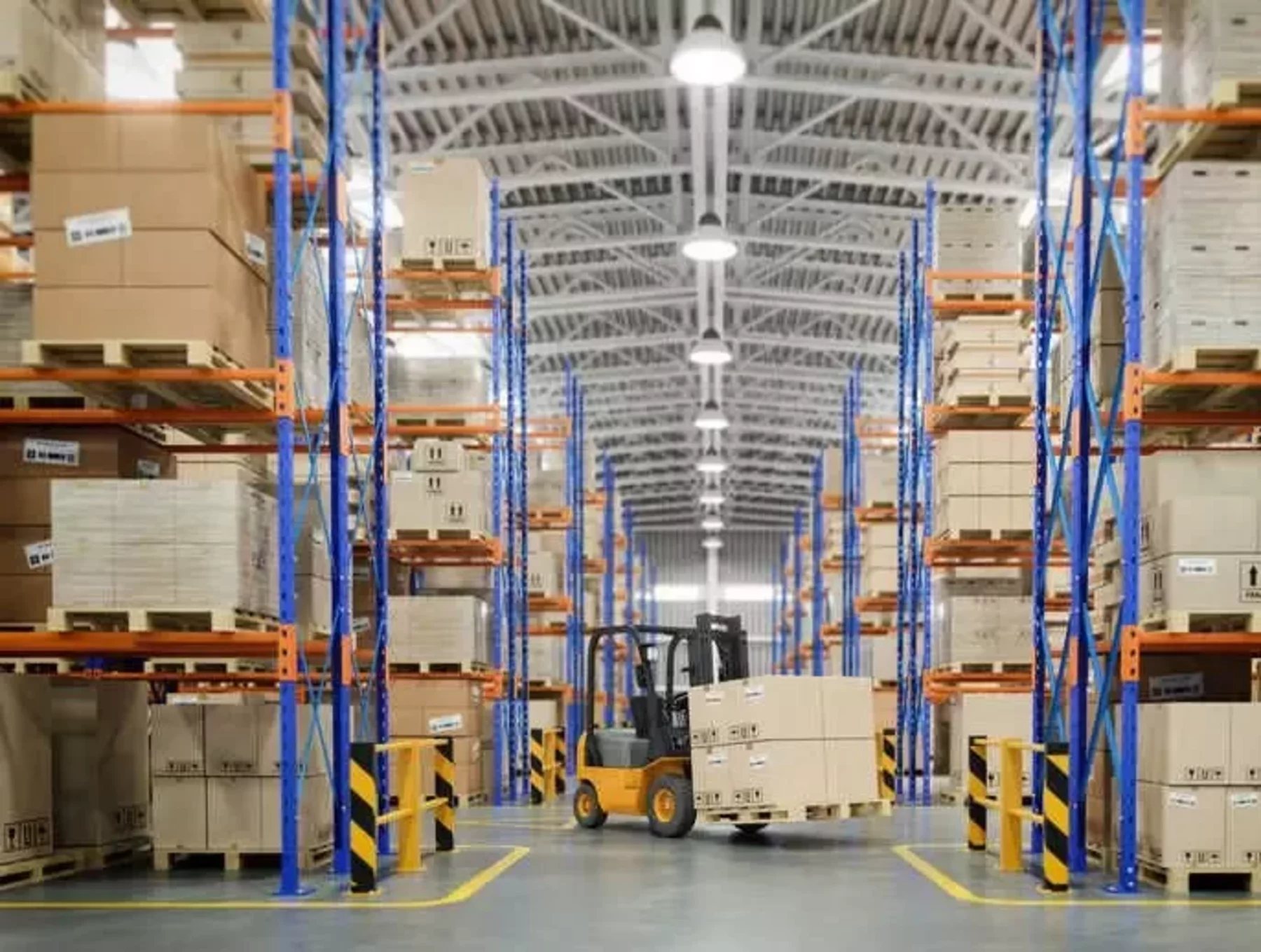Germany is a global logistics powerhouse, located in the heart of Europe and home to some of the world’s most efficient transport networks. With its excellent infrastructure and strategic position, Germany offers a wide range of freight options, including air, sea, rail, and road transport. In this blog post, we will explore the best freight options available in Germany.
Air Freight
Air freight is an essential option for businesses needing fast and reliable transportation of goods. Major international airports, including Frankfurt, Munich, and Berlin, serve as key air cargo hubs in Germany, connecting to global trade routes.
The primary advantage of air freight is speed. It is ideal for time-sensitive shipments, such as medical supplies, electronics, or perishable goods. Germany’s air freight industry is known for its high standards of safety, efficiency, and compliance with international regulations.
However, air freight tends to be more expensive than other modes of transportation, making it a suitable option for high-value or urgent goods but less so for bulk shipments.
Sea Freight
Germany’s strategic location gives it access to major seaports, including Hamburg, Bremerhaven, and Wilhelmshaven. These ports are among the busiest in Europe, connecting Germany to key global trade routes.
Sea freight is an excellent option for transporting large volumes of goods at competitive rates. It is particularly useful for industries shipping heavy machinery, vehicles, or raw materials. While sea freight is slower than air or land transport, advancements in container tracking and port efficiency make it a reliable choice for international trade.
The sea freight industry in Germany is also known for its commitment to environmental sustainability, with many shipping lines adopting greener practices to reduce emissions.
Rail Freight
Rail freight is one of the most efficient and environmentally friendly options in Germany. The country’s extensive rail network connects industrial centers to key ports and neighboring countries, making it an integral part of the European freight system.
Rail freight is ideal for transporting goods such as automotive parts, chemicals, and consumer goods over medium to long distances. It offers a reliable and cost-effective solution for businesses that prioritize sustainability, as rail transport has a significantly lower carbon footprint compared to road or air freight.
One limitation of rail freight is the need for intermodal connections, such as transferring goods to trucks for last-mile delivery. However, modern logistics hubs in Germany are designed to streamline these processes.
Road Freight
Germany’s advanced highway system, including the famous Autobahn, supports efficient road freight transport. Road freight is highly flexible, making it suitable for transporting goods of all sizes and types, including perishables, retail products, and industrial machinery.
One of the key advantages of road freight is its ability to provide door-to-door service, especially for domestic and regional deliveries. Trucks can access areas that may not be directly served by rail or air, offering unparalleled convenience for last-mile delivery.
While road freight can face delays due to traffic congestion or weather conditions, Germany’s well-maintained infrastructure ensures a high level of reliability.
Conclusion
Germany offers a comprehensive range of freight options, from air and sea to rail and road transport. The best choice for your business will depend on factors such as the nature of your cargo, shipping timelines, and budget.
Whether you need the speed of air freight, the cost-effectiveness of sea freight, the sustainability of rail freight, or the flexibility of road freight, Germany’s world-class logistics network has you covered. Partnering with experienced freight companies is essential to ensure that your goods are transported efficiently and securely.
Let me know if you’d like to tweak this further!





